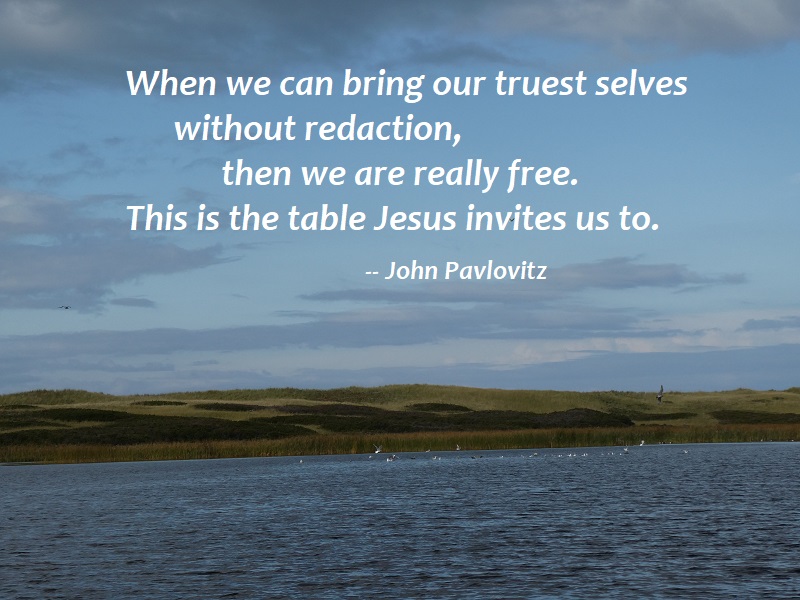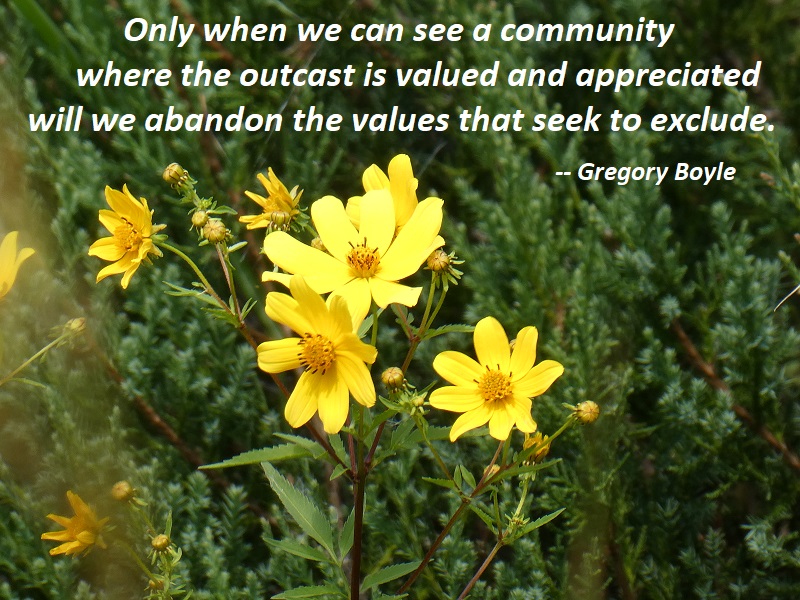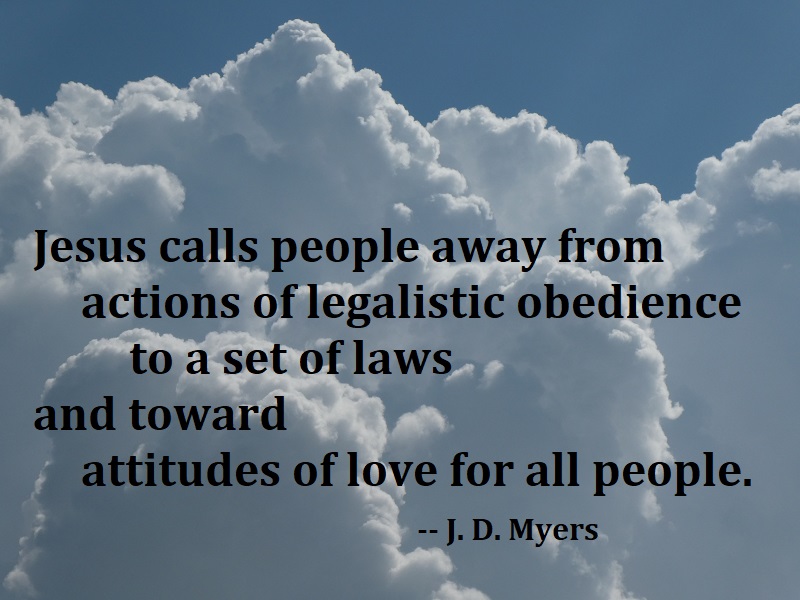Without Redaction

The goal of the gatherings is to create space where everyone can be the most real version of themselves and know that they have a place at the table. When you’re sure that your truest truth really is welcomed, you want to share yours. You want to be fully known. This is the heart of our church: the only person you need to be is the one you are at any given moment; flawed, failing, fearful, and loved by God and by those you gather with. Trust me when I tell you that it’s heaven on earth.
Community, spiritual or otherwise, is only redemptive to the degree that we are fully seen and known when we partake in it, when we no longer feel burdened to pretend, when guilt or shame or fear are no longer a threat. When we can bring our truest selves without redaction, then we are really free. This is the table Jesus invites us to. This is the table his example demands we set for the world. We, the filthy lepers, all get to dine with a Messiah, and none of us need to be clean.
— John Pavlovitz, A Bigger Table, p. 81-82
Photo: Greenwich Dunes, Prince Edward Island, September 25, 2019








